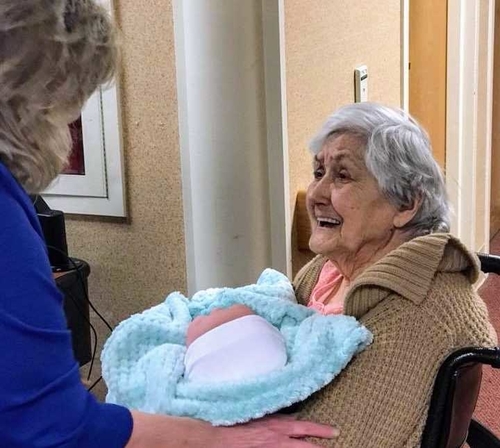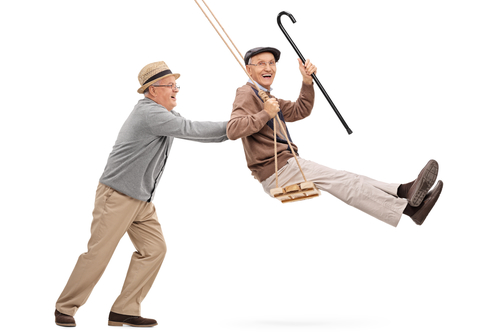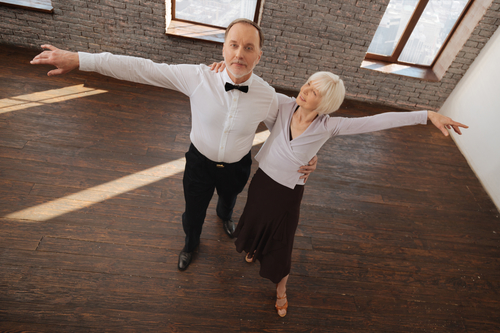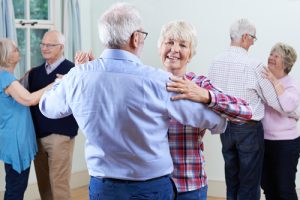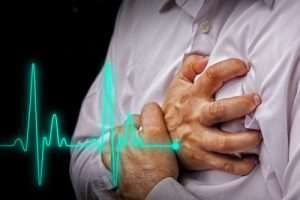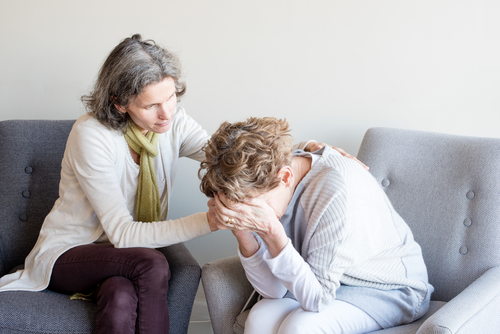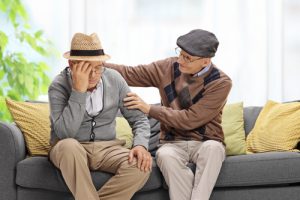
Older adults who have to deal with a lot of medical issues will be getting some extra assistance through a new law passed by Congress. The Creating High-Quality Results and Outcomes Necessary to Improve Chronic Care Act, a.k.a CHRONIC Care Act of 2018 won bipartisan support.
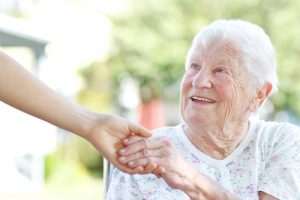
Why the CHRONIC Care Act is Helpful
People who deal with chronic illness face many limitations that the average healthy person might not think of. There’s the stress of making sure their care is coordinated and that they can keep as much dignity as possible. This bill provides different ways that every American, especially older Americans, can get better care.
8 Perks of the CHRONIC Care Act
1. Gives Medicare Advantage plans more flexibility so they can now cover “non-medical” benefits like bathroom grab bars and wheelchair ramps.
2. Makes more Telehealth services available for Medicare Advantage Members. This means they can get help electronically more than they could before.
3. Expands Telehealth services for people having stroke symptoms, regardless of their geographic area.
4. Provides kidney disease patients with more access to home dialysis through Telehealth.
5. Establishes a new program in which certain Accountable Care Organizations, groups of health care providers or hospitals who provide care for Medicare patients, can pay for patients to come in for primary care appointments.
6. Promotes better coordination of services for people in Special Needs Plans who also receive Medicaid. These plans are Medicare Advantage plans for people with certain diseases or characteristics.
7. People don’t have to physically go into doctor’s offices like they used to. This is great during flu season or for anyone with mobility issues.
8. Because of this act, the Independence at Home program is testing whether having doctors and nurses provide house calls might improve care and cut costs.
Read more here.




